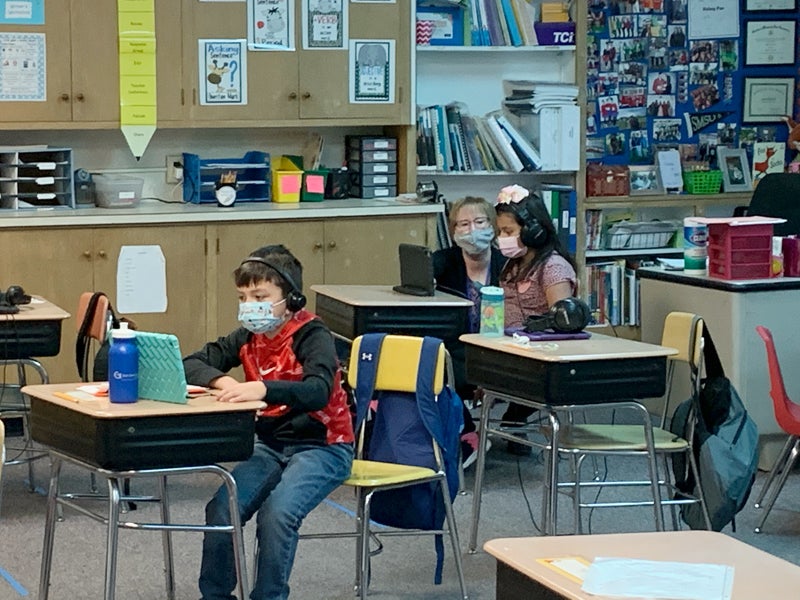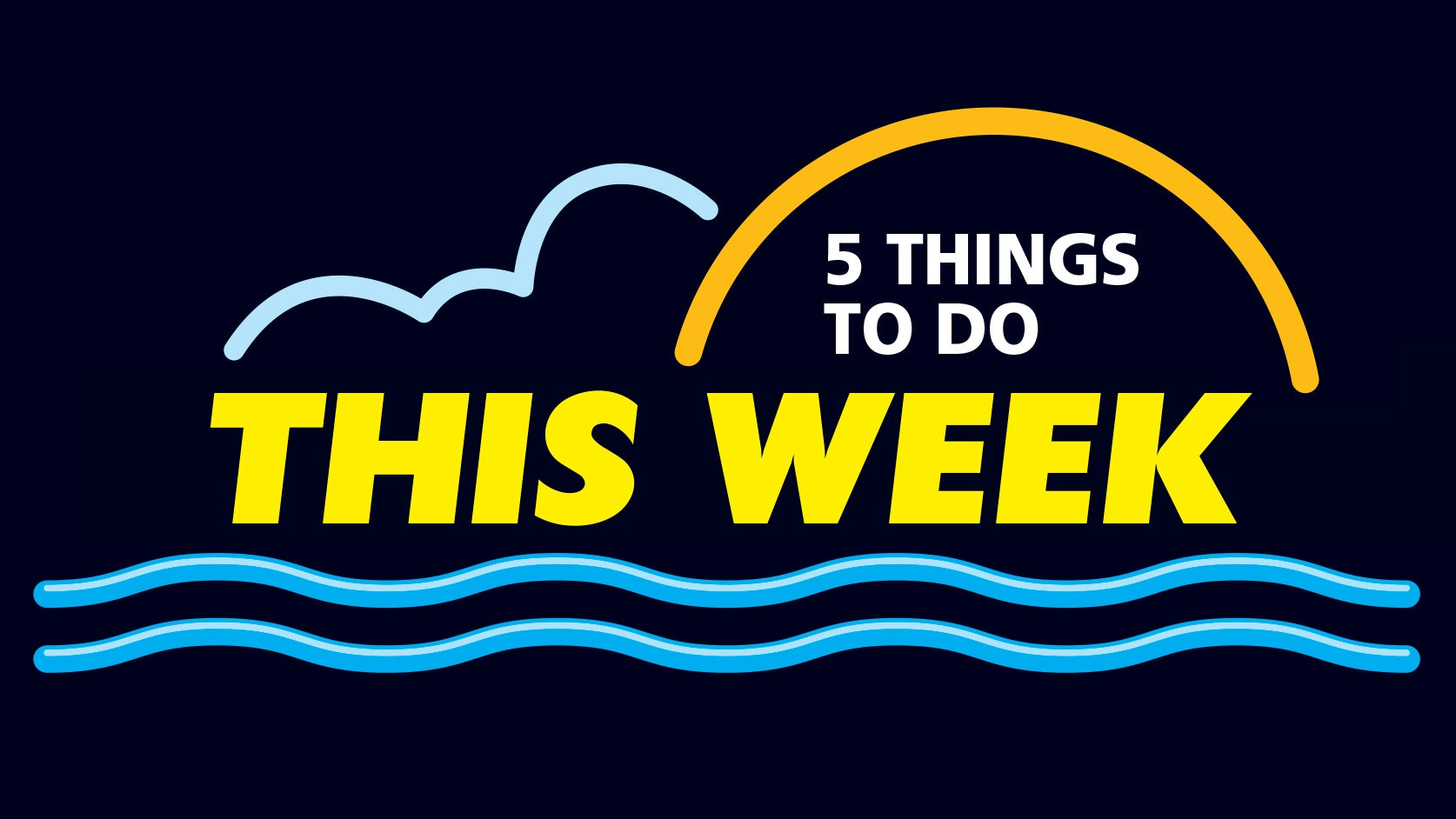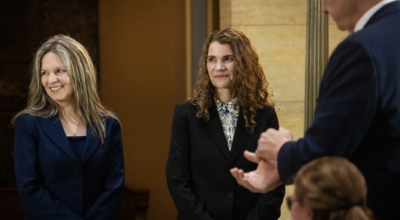Star class: Computing curriculum
Published 8:00 pm Friday, December 4, 2020

- Computational thinking is the process of breaking down a problem into simple enough steps, in proper order for a computer to follow. - Provided
|
Getting your Trinity Audio player ready...
|
Think about a simple daily task. For instance, brushing your teeth.
At first thought, it seems so simple, but in reality, brushing your teeth involves many simple steps. If you complete one step out of order, say brushing your teeth, then applying toothpaste to your toothbrush, you could end up being an incredibly ineffective brusher who quickly accumulates dental bills. Computational thinking can be compared to this, according to a press release. Computational thinking is the process of breaking down a problem into simple enough steps, in proper order for a computer to follow.
Computational creativity. Critical thinking. Practice. For second and third grade students at Hawthorne Elementary School, these are all experiential and essential learnings of the Mouse Creative Computing Curriculum. This program is designed to support the development of personal connections to creative computing by drawing upon creativity, imagination and interests. Creative computing emphasizes the knowledge, practices and fundamental literacies students need to create the types of dynamic and interactive computational media they enjoy in their daily lives.
Not only does the program prepare students for careers as computer scientists or programmers, it supports their development as computational thinkers — individuals who can draw on computational concepts, practices and perspectives in all aspects of their lives, across disciplines and contexts.
The platform utilized to achieve these goals is called Scratch. Scratch is a free computer programming language available at scratch.mit.edu. With Scratch, people can create a wide variety of interactive media projects — animations, stories, games and more — and share those projects with others in an online community. Since Scratch’s launch in May 2007, hundreds of thousands of people all around the world have created and shared more than 6 million projects. Scratch has four main principles.
Principle 1: Creation
Offering opportunities for learners to engage in designing and making, not just listening, observing and using.
Principle 2:
Personalization
Offering opportunities for learners to engage in activities that are personally meaningful and relevant.
Principle 3: Sharing
Offering opportunities for learners to engage in interactions with others as audience, coaches and co-creators.
Principle 4: Reflecting
Offering opportunities for learners to review and rethink their creative practices.
Hawthorne was fortunate enough to receive a grant through the Minnesota Department of Education and the federal government that helps locate underrepresented gifted students with computer science talent. The funds and curriculum will provide the potential to make an enormous impact on second and third grade students while also allowing the school to purchase technology upgrades that are above and beyond all of the great opportunities the school district provides, according to the press release.
Ultimately, students at Hawthorne are lucky to engage with the Creative Computing Curriculum, the release stated. It is a huge growth opportunity. It develops critical thinking within learners by focusing on problem articulation, logical thinking and the exploration of cause and effect — how one’s actions truly impact a situation. In addition, it is attractive for future employment opportunities, as learners will be equipped with strong reasoning and problem solving skills. It is too often people give children answers to remember rather than problems to solve. Staff believe every student at Hawthorne is or will become an effective problem solver, the release stated.




